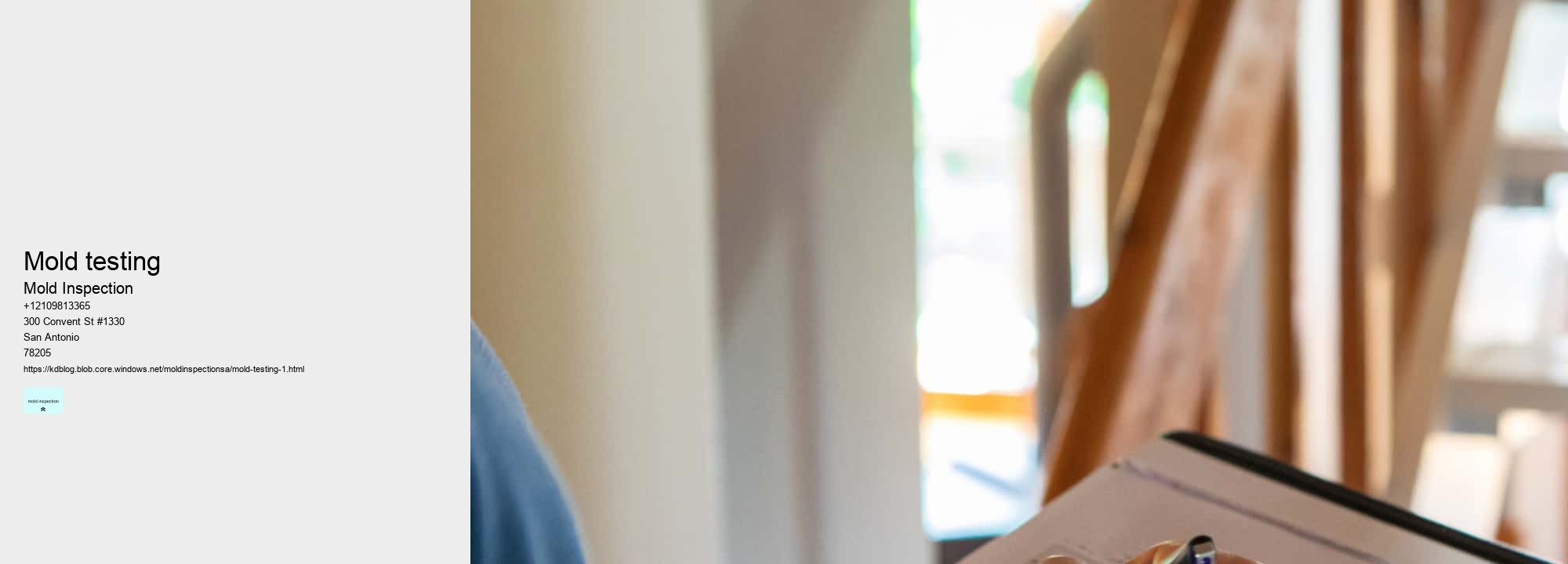

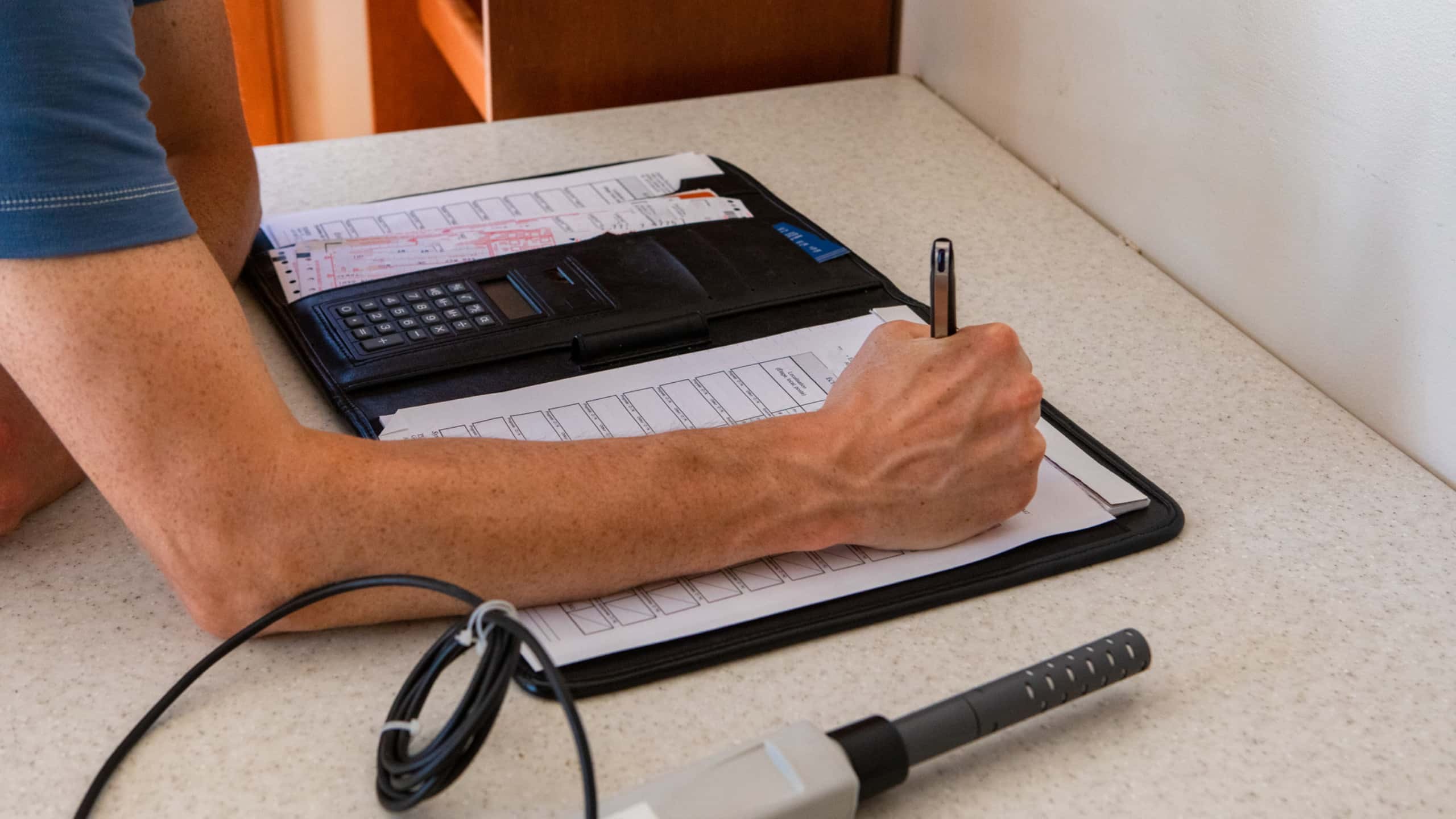
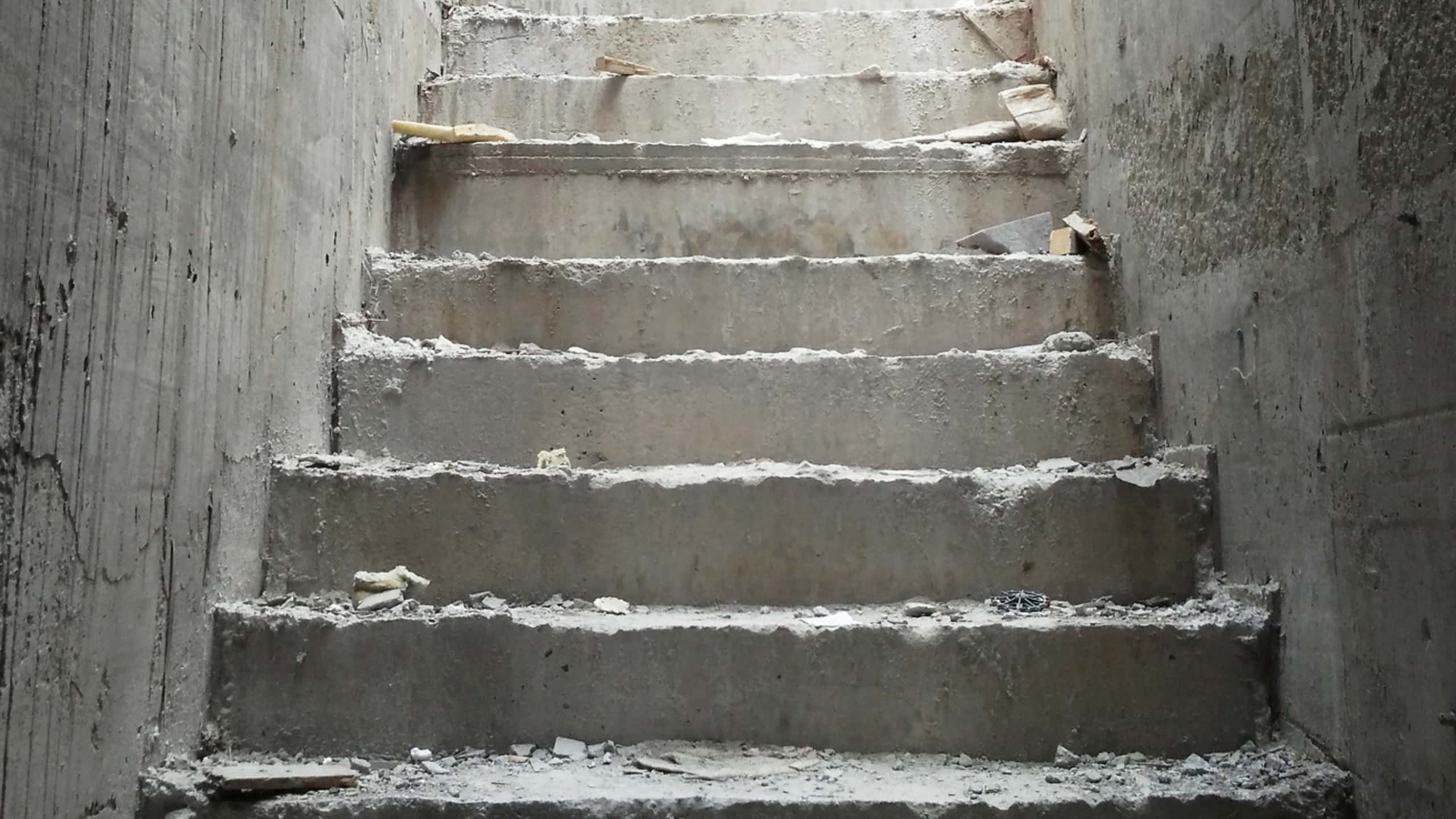
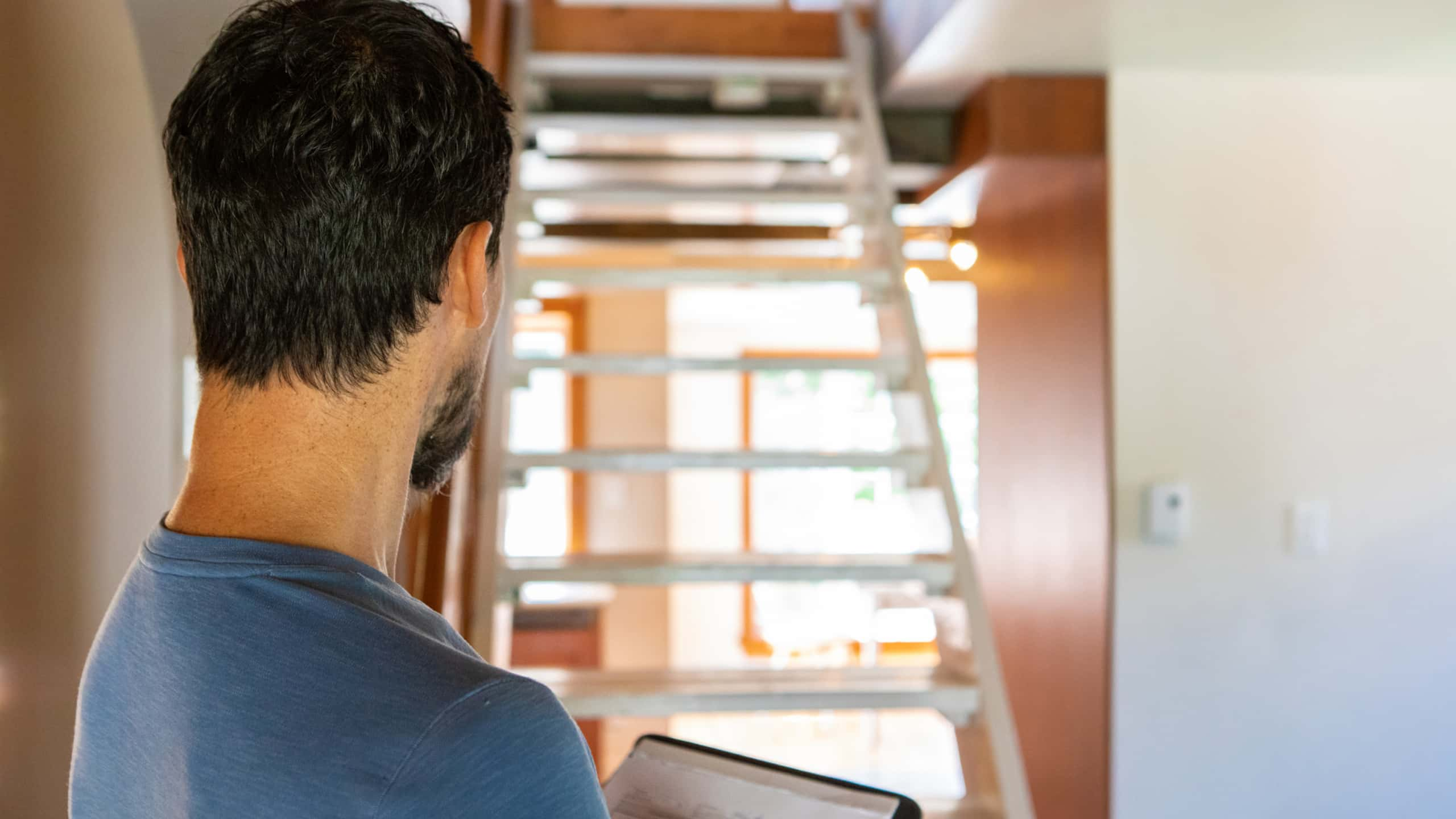

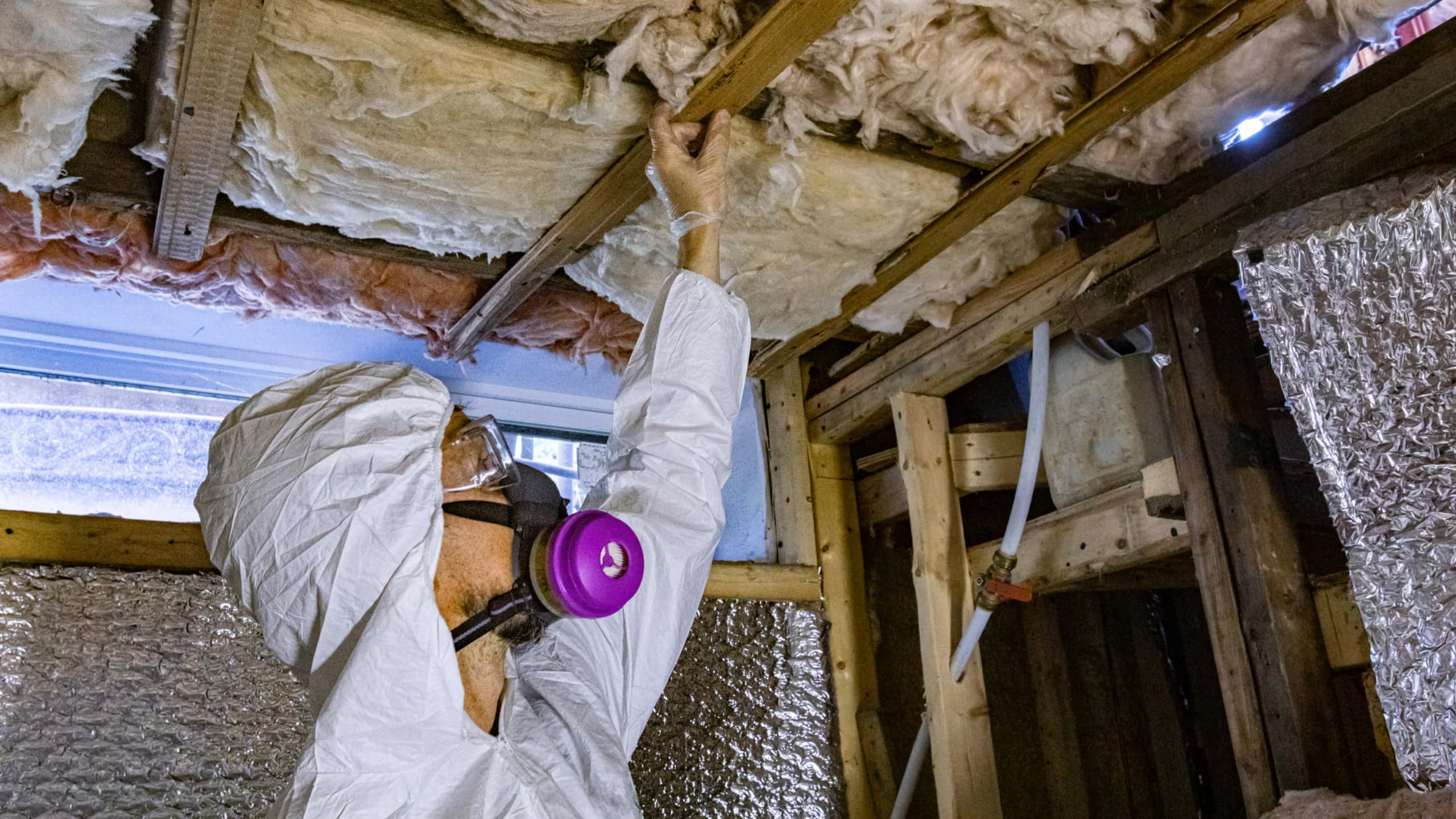
Testing for mold in your house can be a stressful experience! It's important to take the proper steps to ensure you're getting accurate results. (One) way to do this is through air sampling, which tests the air for mold spores. You'll need to find an indoor air quality professional who can come out and perform the test. They'll usually use either a spore trap or settle plate method.
Have you ever wondered (how do you tell) if there is mold in your walls?! It's a valid concern, and one that can be quite tricky to answer. Mold is difficult to see with the naked eye, so it's important to know what signs to look for. The first thing (you need to do) is identify potential causes of moisture buildup on your walls. A leaky roof or pipes are common causes of mold growth. If you have had any sort of water damage in the past, it's worth checking for mold as well.
Mold smell (is) really awful! It smells like a mix of musty, dampness and rotting garbage. It's not pleasant at all and can be overwhelming to one's sense of smell. In fact, the odor from mold can oftentimes cause nausea and headaches due to its intensity. Furthermore, the stench of mold is often accompanied by a slimy or fuzzy texture when it is touched. Additionally, this type of fungi can even cause respiratory problems in some cases.